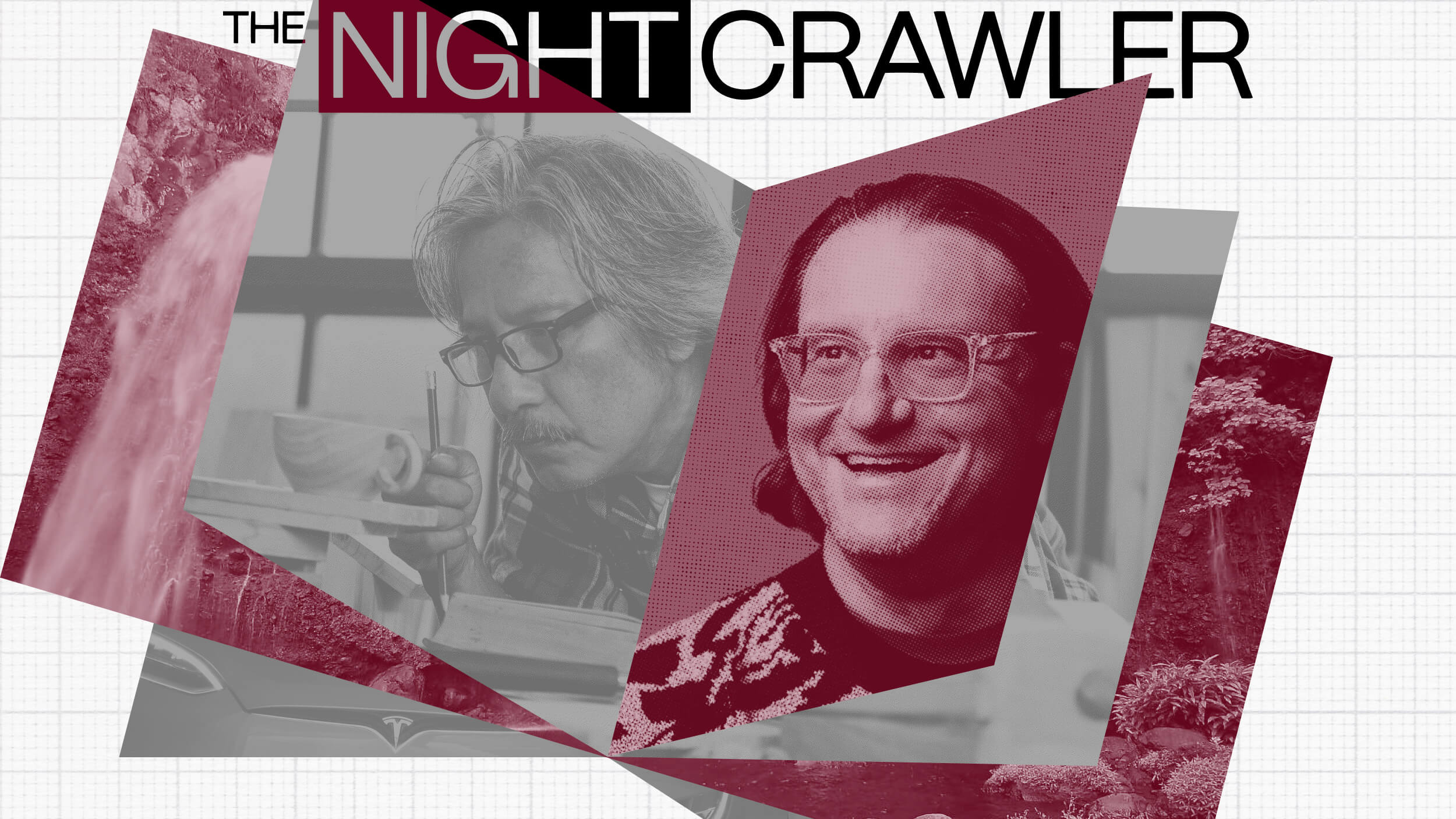The world is spiky
[cross-posted at the TechLearning blog]
nn
I’m working my way through Dr. Richard Florida’s new book, Who’s Your City? Many of you may be familiar with Dr. Florida’s previous books, The Rise of the Creative Class and The Flight of the Creative Class. I typically recommend one or both (along with some other texts) to school leaders who wish to learn more about global workforce changes.
n
Dr. Florida notes that the world isn’t as ‘flat‘ as we have been led to believe. Instead, the world is rather spiky. As he describes in his opening chapter (and in his excellent article in The Atlantic Monthly), half of the world’s population now lives in urban areas, up from about 3 percent two hundred years ago. Indeed, in industrialized countries, this percentage is around 75%, not 50%. This is societal shift on a massive scale.
n
So what? Why does it matter that the world is spiky rather than flat? Well, as Florida describes, often it actually does matter where you live (unlike what Friedman sometimes says in The World Is Flat). For example, we are seeing the emergence of ‘mega-regions,’ areas like the Boston-New York-Washington, DC corridor or the Amsterdam-Antwerp-Brussel region that not only are the ‘powerhouses behind national economies; they’re behind the global economy as well’ (p. 24). There are only a couple of dozen ‘places worldwide that generate significant innovation. These regions have ecosystems of leading-edge universities, high-powered companies, flexible labor markets, and venture capital that are attuned to the demands of commercial innovation’ (p. 27).
n
n
Creative people cluster not simply because they like to be around one another or prefer cosmopolitan centers with lots of amenities (though both things tend to be true). They cluster because density brings such powerful productivity advantages, economies of scale, and knowledge spillovers. Four kinds of places make up the landscape of our spiky world: first, the tallest spikes that attract global talent, generate knowledge, and produce the lion’s share of global innovation. Second are the emerging peaks that use established ideas, often imported, to produce goods and services. Some of these cities, such as Dublin and Seoul, are transitioning into places that generate innovation, but most, from Guadalajara to Shanghai, function primarily as the manufacturing and service centers of the 21st-century global economy. The two remaining types of places are being left behind: third-world megacities distinguished by large-scale “global slums,” with high levels of social and political unrest and little meaningful economic activity; and the huge valleys of the spiky world, rural areas with little concentration of population or economic activity. The main difference between now and a couple of decades ago is that the economic and social distance between the peaks has gotten smaller. People in spiky places are often more connected to one another, even from half a world away, than they are to people in their own backyards.
n
We have to note the clustering effects of the global economy (the ‘centrifugal force’), not just the spread (the ‘centripetal force’). Florida says in his new book that ‘the reality is that globalization has two sides. The first and more obvious one is the geographic spread of routine economic funtions such as simple manufacturing or service work (for example, making or answering telephone calls). The second, less obvious side to globalization is the tendency for higher-level economic activities such as innovation, design, finance, and media to cluster in a relatively small number of locations’ (p. 19).
n
I just moved to Ames, Iowa. The state capital, Des Moines, is a small creative center just 25 minutes away. Given his methodology, I’m guessing that Ames and Iowa State University are included in Dr. Florida’s statistics on the Des Moines region. Of all medium-sized U.S. regions (0.5 to 1 million people), Dr. Florida ranks Des Moines as the #1 ‘Best Buy’ region for families with children and #2 for professionals age 29–44. That’s cool for me and my family and my professional colleagues. But the reality is that we’re surrounded by fields. Over 90% of the state is corn or soybean fields (or hog farms).
n
So what do I tell the rural school leaders with whom I’ll be working? They’re already in communities that are struggling to survive. Do I tell them that, because they live in Florida’s ‘huge valleys,’ that their schools and communities are basically doomed? Or is there a way for them to still be economically productive and viable?
n




